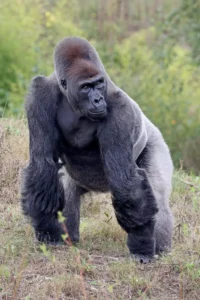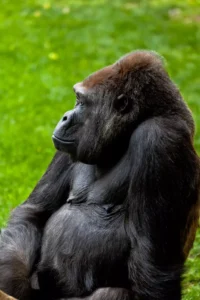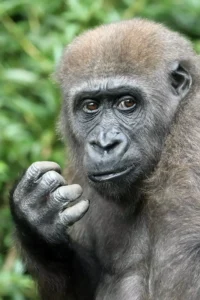Gorillas, known for their immense strength and close genetic ties to humans, are native to the dense forests of central Sub-Saharan Africa. These majestic creatures have captured the fascination of many due to their complex social structures and behaviors. But where exactly can one find these gentle giants in the wild?
Key Takeaways:
- Gorillas are native to central Sub-Saharan Africa.
- They inhabit both lowland and mountainous regions.
- The two main species of gorillas are the Eastern gorilla and the Western gorilla.
- Gorillas face threats from habitat loss and poaching.
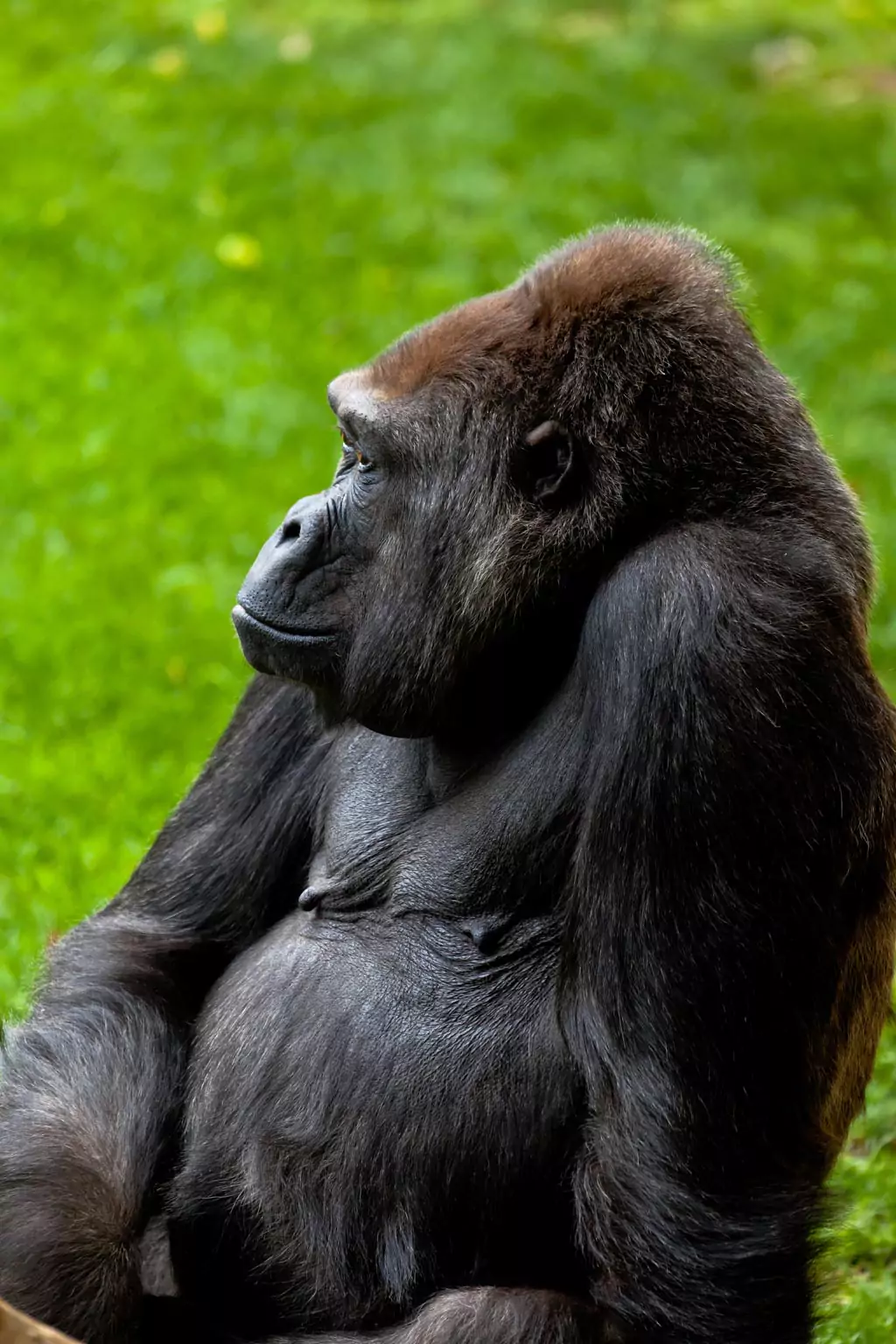
Habitats of the Gorilla
Lowland Forests
The Western lowland gorilla is the most widespread of all gorilla subspecies. They are found in the dense rainforests, swamps, and marshes of countries such as Cameroon, the Central African Republic, the Democratic Republic of the Congo, and Gabon. These gorillas prefer the thick undergrowth of the lowland tropical forests, which provides them with ample food and shelter.
Mountainous Regions
On the other hand, the Mountain gorilla, a subspecies of the Eastern gorilla, is found in the higher altitudes of the Virunga Mountains, which span across the borders of Rwanda, Uganda, and the Democratic Republic of the Congo. These gorillas have thicker fur, which helps them survive in colder climates found in mountainous regions.
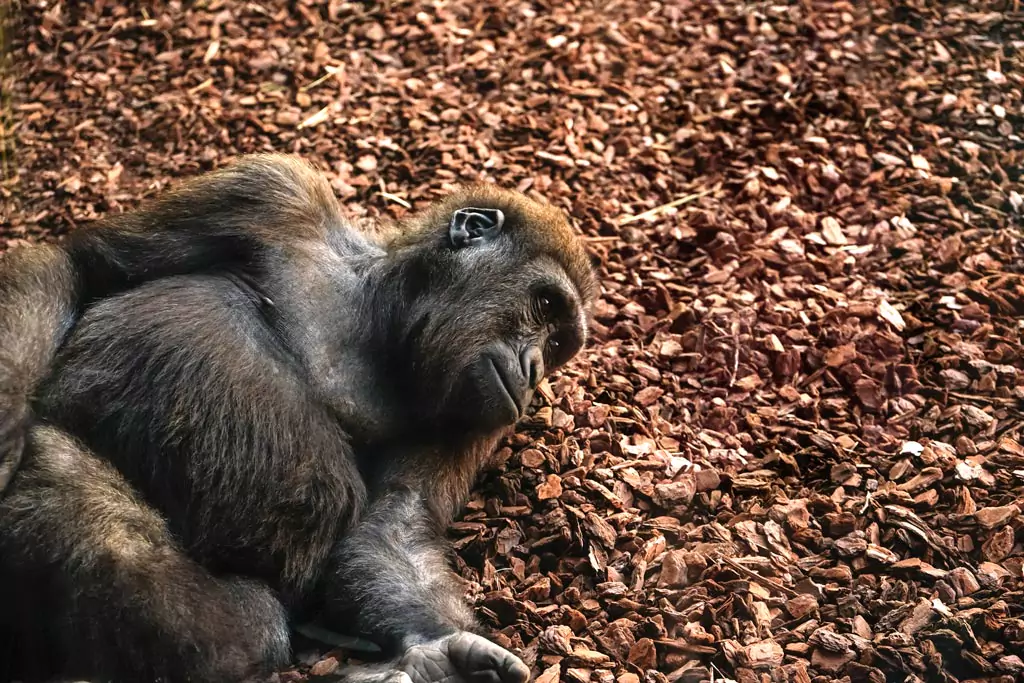
Distribution of Gorilla Species
There are two main species of gorillas: the Eastern gorilla and the Western gorilla. Each of these species has its own subspecies and preferred habitats.
| Species | Subspecies | Native Regions |
|---|---|---|
| Eastern Gorilla | Mountain Gorilla | Virunga Mountains |
| Grauer's Gorilla | Eastern Democratic Republic of the Congo | |
| Western Gorilla | Western Lowland Gorilla | Cameroon, Central African Republic, Congo, Gabon, Equatorial Guinea |
| Cross River Gorilla | Border region between Nigeria and Cameroon |
Threats to Gorilla Habitats
Gorillas face numerous threats in their native habitats. The primary threats include:
Habitat Loss
Deforestation and the conversion of forest land for agriculture and other human activities have led to a significant reduction in gorilla habitats. This not only reduces the space available for gorillas but also fragments their populations, making it harder for them to find mates and food.
Poaching
Gorillas are often hunted for their meat, which is considered a delicacy in some cultures. Additionally, they are also targeted for their body parts, which are used in traditional medicine and as trophies.
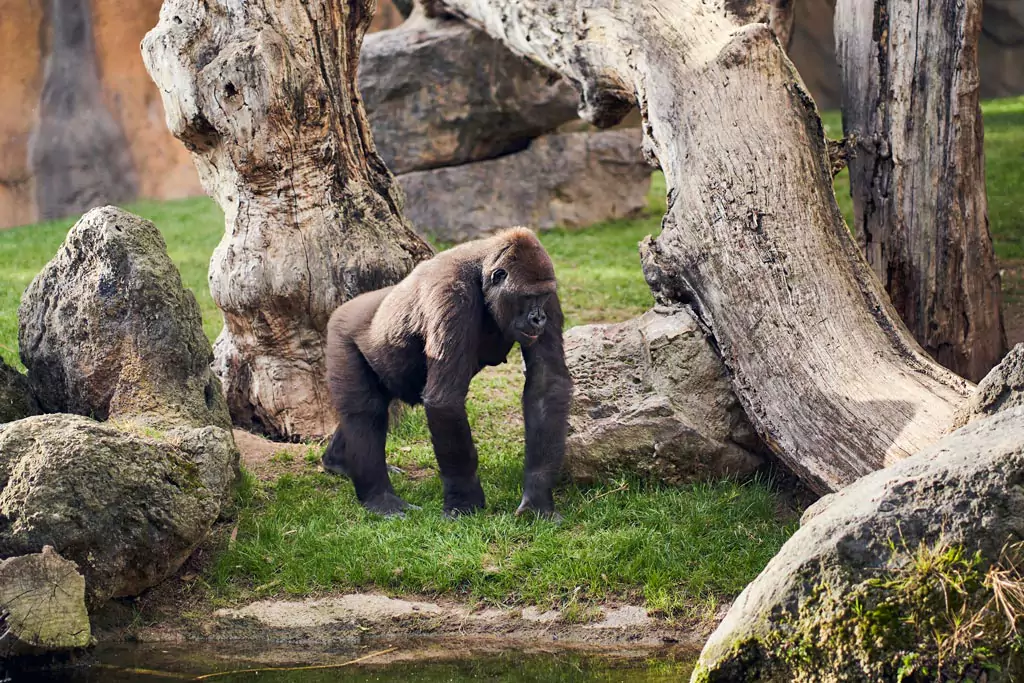
Conservation Efforts
Several organizations and governments are working tirelessly to protect gorillas and their habitats. National parks and reserves have been established in many regions where gorillas are native. These protected areas not only provide a safe haven for gorillas but also promote eco-tourism, which brings in revenue that can be reinvested in conservation efforts.
[Link to a relevant external source on gorilla conservation]
Gorilla Behavior and Social Structure
Gorillas live in groups called troops or bands, led by a dominant male known as a silverback. These groups can range from a few individuals to over 30 gorillas. The silverback is responsible for the safety of the group and makes decisions regarding movement, feeding, and interactions with other gorilla groups.
Gorillas communicate using a variety of vocalizations, gestures, and facial expressions. They have a rich social structure and often engage in grooming, playing, and other social activities.
Delving Deeper into the World of Gorillas
Fascinating Facts about Gorillas
Gorillas, being one of our closest relatives in the animal kingdom, have always been a subject of intrigue and admiration. Here are some captivating facts about these magnificent creatures:
- Population in the Wild: There are two primary gorilla species: the eastern gorilla and the western gorilla. The mountain gorilla, a subspecies of the eastern gorilla, is endangered. The latest census results, which are released every 5-10 years, estimate that there are around 1,063 mountain gorillas in the wild. [^1^]
- Isolated Habitats: Mountain gorillas are found in two distinct groups. One group resides in the Virunga Volcanoes, spanning three national parks in Uganda, Rwanda, and the Democratic Republic of Congo (DRC). The other group inhabits the Bwindi Impenetrable National Park in Uganda, which connects to the Sarambwe Nature Reserve in DRC. These gorillas thrive in high altitude montane and bamboo forests, often surrounded by agriculture and human settlements. [^2^]
- Genetic Similarity to Humans: We share approximately 98% of our DNA with gorillas. This close genetic similarity means that gorillas can be susceptible to human illnesses, even common colds, as they lack the necessary immunities that humans have developed over time. [^3^]
- Physical Attributes: Gorillas are among the largest and most powerful primates in existence. An average silverback gorilla can weigh up to 180kg and stand over 5’5” tall on all fours. In contrast, female mountain gorillas typically weigh around 90kg and measure up to 150cm (4’9”). [^4^]
- Dietary Habits: Mountain gorillas spend nearly a quarter of their day eating, primarily plants. Approximately 85% of their diet consists of leaves, shoots, and stems. However, they also consume larvae, snails, ants, roots, barks, and rotting wood, which provides a good source of sodium/salt. [^5^]
- Night-time Rituals: At night, mountain gorilla groups sleep together in nests they construct on the ground or in trees using foliage. Infants often share their mother’s nests, ensuring they remain safe and warm. [^6^]
- Communication: Gorillas have a diverse range of vocalizations, with 16 different types of calls. These include short barks when they are mildly alarmed or curious. To intimidate rivals, male gorillas strut with stiff legs, beat their chests, and produce vocalizations like roars or hoots. [^7^]
- Social Structure: Most mountain gorillas live in stable family groups of around ten individuals, with one dominant male and several females. Both males and females in the group care for their infants, engaging in activities like hugging, carrying, and playing. As they mature, most males and about 60% of females leave their birth group to join another troop, preventing inbreeding. [^8^]
- Lifespan: In the wild, gorillas can live to be over 40 years old. They are considered infants until they reach around three-and-a-half years old and are classified as adults from around 8 years of age. Males between 8-12 years are termed ‘blackbacks'. From 12 years onwards, they develop a silver section of hair over their back and hips, earning them the moniker ‘silverback'. [^9^]
- Conservation Challenges: The primary threat to mountain gorillas is habitat degradation. As the region’s population grows, land is increasingly used for agriculture, leading to deforestation. This not only puts gorillas at risk from human contact and illnesses but also from snares intended for bushmeat. Additionally, gorillas sometimes venture onto farmland to consume crops, leading to conflicts with humans. [^10^]
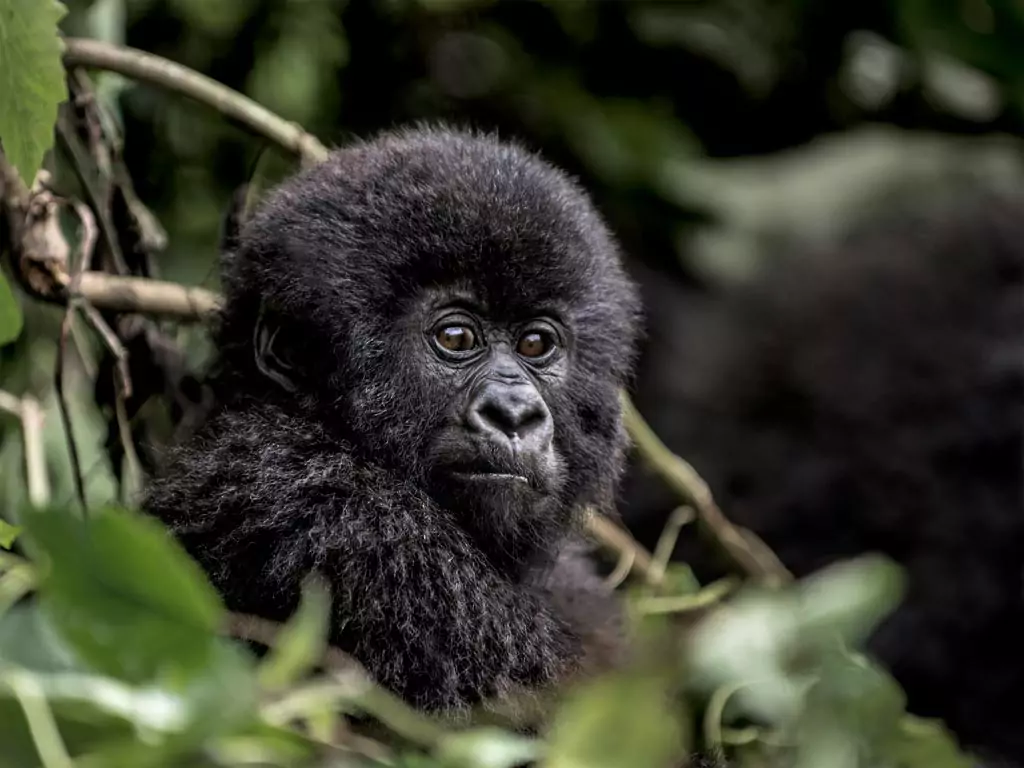
Conservation Initiatives
The World Wildlife Fund (WWF) works through the International Gorilla Conservation Programme (IGCP), a coalition with Conservation International and Fauna & Flora International. Their mission is to conserve mountain gorillas and their habitats, collaborating with partners and local communities. Some of their initiatives include:
- Promoting Gorilla Friendly™ tourism, which adheres to guidelines minimizing risks to gorillas.
- Assisting farmers to cultivate tea on the boundaries of gorilla habitats, as gorillas dislike the taste of tea.
- Supporting the Human Gorilla Conflict Resolution Programme (HuGo), a group of community volunteers who redirect gorillas and other wildlife away from cropland and back into the forest.

